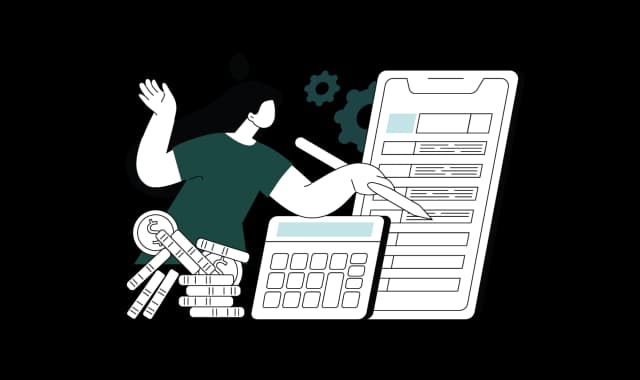
Decoding the Balance Sheet
By Kitaab on January 03, 2025
The balance sheet is a financial statement that provides a picture of the company’s financial health at a particular point in time. Financial statements such as a balance sheet, cash flow statement and income statement together help give an understanding of a company’s financial current performance and status. A balance sheet is a detailed document that carries information on what a company owns and owes and keeps track of the shareholder’s investment in the company.
What's Kitaab?
Kitaab provides finance, accounting and tax services for freelancers, start-ups and businesses in the service sector
Learn moreWhy a Balance Sheet is Useful
Helps you analyze your company’s financial performance and health
As discussed, a balance sheet when combined with other key financial statements such as a cash flow statement and income statement, it provides comprehensive information that will aid in revealing the financial health of your company. For instance, if as per your balance sheet your current liabilities are exceeded by your current equity, you can tell that you are in a position to meet immediate financial commitments.
Acts as a yardstick to judge the financial health
A balance sheet equips a company to assess the financial performance of the company and its position to deliver on financial commitments. It also acts as a tool for competitive analysis of your company’s performance with time by comparing the current balance sheet with the previous balance sheet.
Aids asset evaluation
A balance sheet can act as a guide to understanding the value of the assets that make up a business. In case of a potential acquisition, the buyer can refer to the balance sheet to narrow down assets that can be eliminated without impacting the core business adversely. For instance, comparing the reported inventory balances to actual sales can be used to calculate the inventory turnover levels to arrive at an inventory surplus. Similarly, the same can be done for accounts receivables.
The key components that constitute a balance sheet include:
Assets
Assets are elements with monetary value, that provide current, future, or potential economic benefits to an individual or organization. A balance sheet provides information on the assets of a company. Assets can be broadly classified as current and non-current assets. Current assets are those that can be liquidated within a fiscal year, these include cash or its equivalents, accounts receivables, inventories, and other prepaid costs. On the other hand, non-current assets are larger long-term investments that cannot be liquidated within a fiscal year.
Liabilities
On the extreme opposite spectrum of assets lies liabilities. When assets refer to anything with monetary value that an individual or company owns, liabilities are anything with monetary value that an individual or company owes. Liabilities are settled over time in exchange of money, products or services. Similar to assets, liabilities too can be categorized as current and non-current. Current liabilities amount to be settled within a fiscal or operational cycle. An operational or cash conversion period refers to the amount of time required for a company to obtain cash through the sales of its inventory. Accounts payable such as money owed to suppliers would be an example of current liability. On the other hand long-term loans, pension payments, taxes, long-term leases, debenture holders etc. would form non-current liabilities.
Ratios
Quick Ratios- Quick ratio is used to evaluate a firm’s ability to pay off current liabilities by liquidating current assets. It is calculated in a similar manner as a current ratio that is by dividing current assets by current liabilities liquated expect that inventory is not considered.
Current assets are obtained by combining all assets that can be quickly liquidated to pay off current liabilities. These include cash and its equivalents, accounts receivables and securities that can be marketed.
Debt ratio-This ratio also referred to as decimal or percentage ratio provides information on the level of indebtedness of a firm. To simply put, it is the ratio of total debt to total assets. What this means is that it attributes to the per cent of total assets that is made up through debt. A debt ratio higher than one indicates that a company has more obligations than assets as it means that a major proportion of a company’s assets is funded by debt.